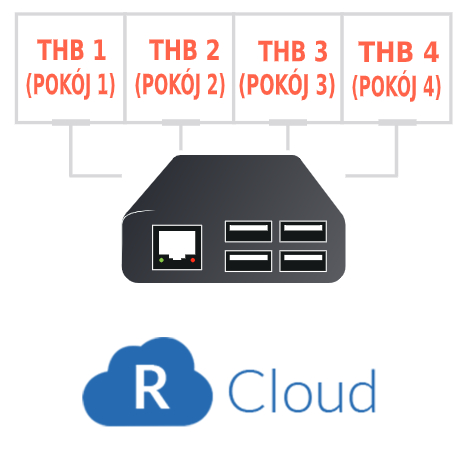

To use these services we will use Google Cloud. So, a Docker that contains R code can be executed even if R is not installed on the server. Generally this files are created with Docker images.ĭocker is a container that can be executed by any server with docker, regardless of the OS. Cloud Build + App Engine: working with Docker and yamlĬloud build will enable you to upload your R code as a yaml file, while App Engine is the service that will execute that code.īasically the yaml file is a text file with a sequence of procedures that Google servers will have to execute. In order to automate our R script on Google Cloud we will use three services: Cloud Build, Cloud Schedule and App Engine. They say they don’t charge without your permission, but in case you don’t trust it, I recommend creating a virtual card with a low balance (it must be at least € 1) to make sure there is no problem. When you do, you will see that it asks you to insert a card. If you don’t have one, you can create it here. You can even do it for free! Sounds good, right? Let’s get into it! First steps on Google Cloud to automate an R scriptįirst of all, we must have an account on Google Cloud. That’s why today we will learn how you can automate an R script on Google Cloud. This course is part of several tracks, including Data Analyst with R, Data Scientist with R, and R Programming, all of which can help you develop your knowledge.Cloud services enable us to automate scripts on the cloud so that we don’t have to worry about whether the computer is on or not (learn more about automating R scripts on a computer here). These sought-after skills can help you progress in your career and set you up for further learning. Finally, you’ll explore how to work with R data frames and lists.īy the time you’ve completed our Introduction to R course, you’ll be able to use R for your own data analysis. You’ll also examine how R uses factors to store categorical data. Next, you’ll learn how to work with matrices in R, learning how to create them, and perform calculations with them. Once you’ve had a chance to practice, you’ll move on to creating vectors and try out your new R skills on a data set based on betting in Las Vegas. You’ll get started with basic operations, like using the console as a calculator and understanding basic data types in R. You’ll gain useful coding skills and be ready to start your own data analysis in R. This introduction to R course covers the basics of this open source language, including vectors, factors, lists, and data frames.

R's ability to handle complex analyses such as machine learning, financial modeling, and more makes it a valuable asset for a wide range of data-related tasks. R programming language is a useful tool for data scientists, analysts, and statisticians, especially those working in academic settings.


 0 kommentar(er)
0 kommentar(er)
